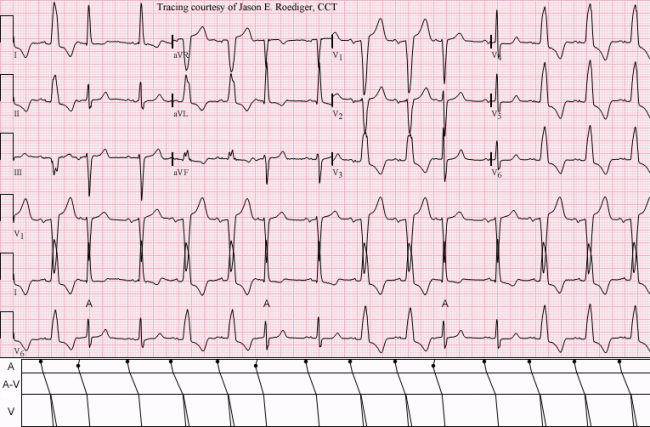
We followed the checklist that has been recommended by HCUP for working with the NRD. Institutional Review Board approval was not required due to the deidentified nature of the data. The NRD in the year 2018 contained patient and hospital-level data with up to 40 diagnoses and 25 procedures for each patient using appropriate International Classification of Diseases, Tenth Revision, Clinical Modification (ICD-10-CM) codes.

The NRD or administrative data have been previously used to provide reliable national stroke risk estimates through readmissions. Each discharge is weighted to calculate national estimates. The NRD comprises more than 100 clinical and non-clinical variables for each hospital stay. It contains reliable, verifiable patient linkage numbers (defined as the “NRD_VISITLINK” variable within the dataset) that can track a patient across hospitals within the same state while adhering to strict privacy guidelines. In 2018, the NRD contained data from 28 geographically dispersed states accounting for approximately 60% of the total US resident population and 58.7% of all US hospitalizations. The NRD is a database developed for the Healthcare Cost and Utilization Project (HCUP) sponsored by the Agency for Healthcare Research and Quality through a Federal-State-Industry partnership. We conducted a retrospective cohort study using the 2018 NRD. In addition, we investigated the predictors of stroke and STE rehospitalizations in both groups. Using the National Readmission Database (NRD), we investigated the difference in the risk of stroke or STE readmissions between AFL and AF. However, in the 2019 European Society of Cardiology’s guidelines for managing supraventricular tachycardia, the threshold for anticoagulation initiation in AFL patients without AF was not established.
#Atrial fibrillation and atrial flutter icd 10 update#
Therefore, the American College of Cardiology/American Heart Association/Heart Rhythm Society’s 2019 focused update recommends for AFL patients the same AF stroke risk assessment and anticoagulation strategies. However, the currently available evidence on this topic is inconclusive, with uncertainty in the long-term thromboembolic risk difference between AFL and AF. Studies show a lower risk of LAA clot formation and, theoretically, a lower risk of cardioembolic stroke and STE in AFL. The formation of STE in AF is evidenced to be multifactorial, with one of the reasons being abnormal blood flow leading to stasis in the left atrium and left atrial appendage (LAA). Although AF and AFL are distinct arrhythmias, they tend to co-exist within patients. Furthermore, CHA2DS2-VASc scoring has not been well established for AFL patients. Despite the common impression that AF and atrial flutter (AFL) possess a similar stroke or STE risk, the relationship between AFL and stroke/STE has been addressed only in a few studies. Further studies with longer follow-up and anticoagulation data are needed to verify the results.Ītrial fibrillation (AF) is associated with an increased risk of cardioembolic strokes and systemic thromboembolism (STE). The predictors of stroke and STE are similar in both AFL and AF groups.

There is a decrease in the one-year risk of stroke or STE events in AFL patients compared to AF. ConclusionsĪFL patients are commonly younger males with a higher burden of medical comorbidity. After adjusting for potential patient and hospital-level characteristics, there was a statistically significant decrease in one-year stroke or STE readmission risk in AFL patients compared to AF patients (aHR 0.79 (0.66-0.95) p = 0.01). 47%), and had higher prevalence of obesity (25% vs.

AFL patients were more likely to be younger (66 vs. ResultsĪ total of 215,810 AF and 15,292 AFL patients were identified. Survival estimates were calculated, and a Cox proportional hazards model was used to calculate the adjusted hazards ratio (aHR) and compare the risk of stroke or STE readmissions between AF and AFL groups. The National Readmission Database (NRD) 2018 was used to identify AF and AFL patients using appropriate International Classification of Diseases, Tenth Revision, Clinical Modification (ICD-10-CM) codes and were followed until the end of the calendar year to identify stroke or STE readmissions. In this study, we investigated the difference in the risk of stroke or STE after AF and AFL hospitalizations. Although atrial fibrillation (AF) and atrial flutter (AFL) are different arrhythmias, they are assumed to confer the same risk of stroke and systemic thromboembolism (STE) despite a lack of available evidence.


 0 kommentar(er)
0 kommentar(er)
